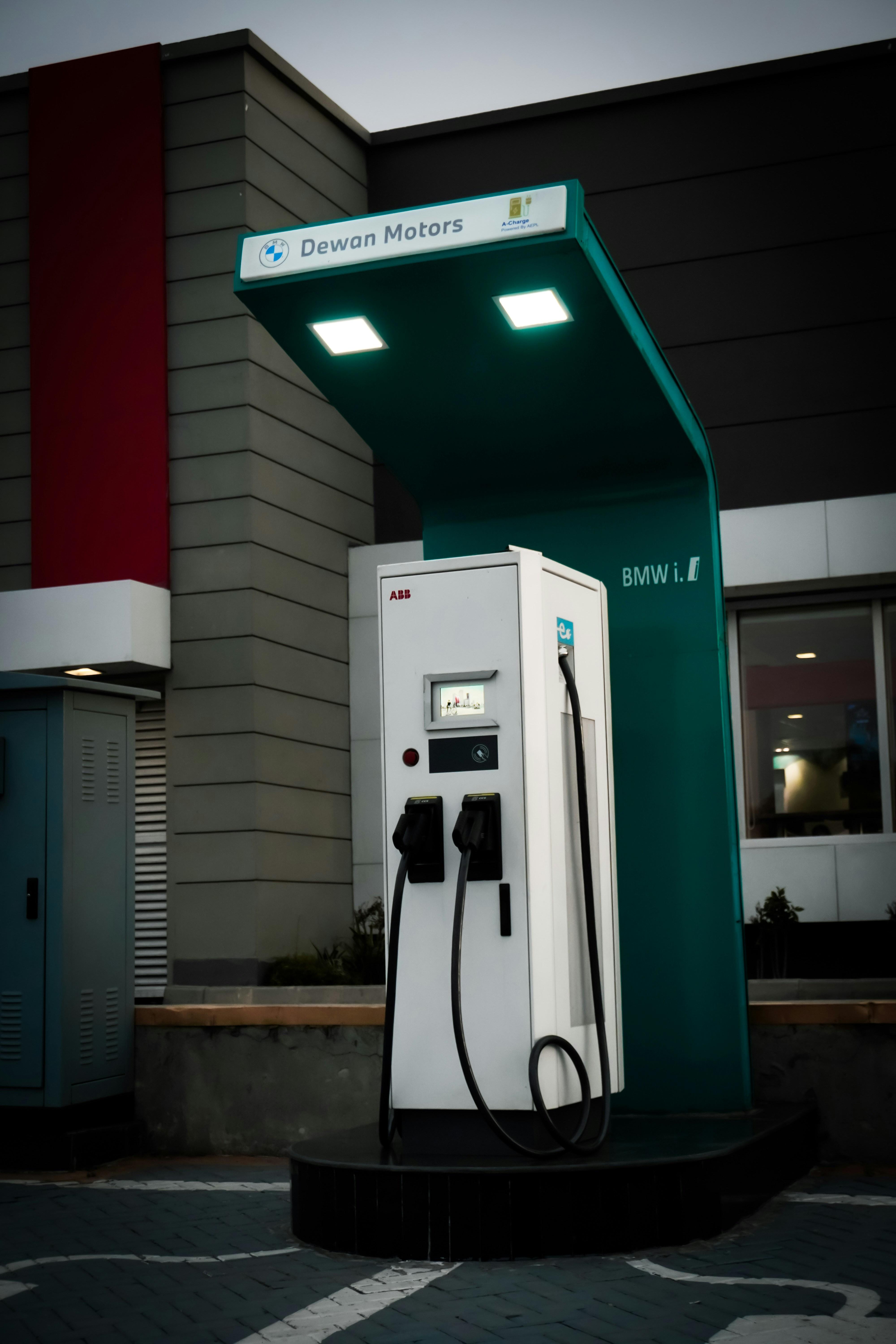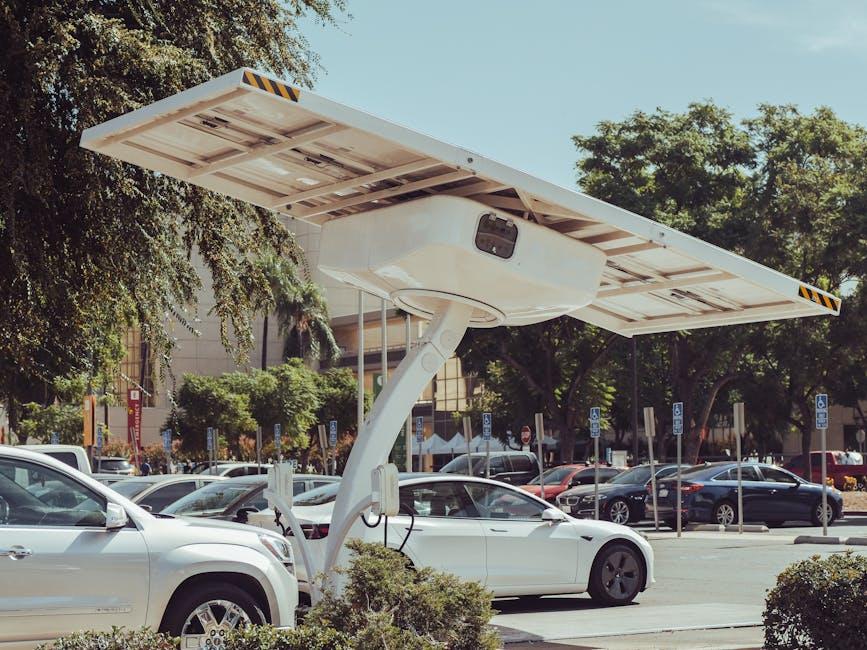In a world increasingly driven by the quest for sustainable energy solutions, the concept of solar cars gleams with promise like a beacon on the horizon. As we stand at the crossroads of technological innovation and environmental stewardship, the notion of harnessing the sun’s abundant energy to power our daily commutes invites both intrigue and skepticism. With each sunrise, the potential for solar-powered vehicles to transform our roads becomes more tangible, yet the journey to mass adoption is fraught with challenges and breakthroughs alike. In this exploration, we delve into the current state of solar car technology, examining the strides made so far and the hurdles that remain. How close are we to seeing solar cars as a common sight in our driveways? Let us illuminate the path forward in the pursuit of this renewable automotive revolution.
Driving Innovation Understanding the Current State of Solar Car Technology
Solar car technology has made significant strides in recent years, driven by advancements in photovoltaic cells, battery storage, and lightweight materials. As the world seeks sustainable transportation solutions, the potential of solar-powered vehicles is becoming increasingly promising. Recent innovations include more efficient solar panels that can be seamlessly integrated into car designs, extending driving ranges and making solar energy a viable primary or supplementary power source. Battery technology has also evolved, allowing for faster charging times and longer-lasting power, crucial for overcoming the limitations of solar energy dependence.
- Advanced photovoltaic cells: Improved efficiency and integration.
- Enhanced battery storage: Faster charging and extended range.
- Lightweight materials: Boosts efficiency and performance.
- Innovative designs: Aesthetic and functional improvements.
Despite these advancements, the journey toward widespread adoption faces hurdles. The cost of solar technology remains high, and infrastructure to support solar charging is still in its infancy. Moreover, the variability of solar power depending on geographic location and weather conditions presents challenges. However, as research and investment continue to pour into this promising field, the dream of solar cars becoming a common sight on roads worldwide edges closer to reality.

Challenges on the Road Identifying Barriers to Solar Car Adoption
Despite the promise of a cleaner, more sustainable future, the path to widespread acceptance of solar cars is fraught with hurdles. Infrastructure remains a significant concern. Unlike conventional vehicles, solar cars require charging stations equipped with solar panels, which are currently sparse and primarily located in urban areas. This limitation poses a challenge for long-distance travel and rural users.
- High Initial Costs: The price tag for solar cars is considerably higher than that of traditional vehicles, primarily due to the expensive photovoltaic technology used.
- Weather Dependency: The efficiency of solar cars is heavily reliant on sunlight, making them less viable in regions with frequent overcast weather.
- Limited Energy Storage: Current battery technology still struggles with storing sufficient solar energy for long journeys, leading to concerns about range anxiety.
Additionally, consumer perception plays a crucial role. There is a lingering skepticism about the reliability and performance of solar-powered vehicles. Overcoming these barriers requires not just technological advancements but also a shift in consumer mindset, supported by incentives and educational initiatives.

Shining a Light on Solutions Recommendations for Accelerating Adoption
To usher in the era of solar cars, a multifaceted approach to adoption is essential. Incentives for both manufacturers and consumers can play a pivotal role in creating a conducive environment for solar technology. Governments can offer tax breaks, subsidies, or grants for manufacturers innovating in solar technologies and for consumers who purchase solar vehicles. Additionally, public awareness campaigns can demystify solar cars and highlight their environmental benefits, nudging consumer interest and acceptance.
- Investment in infrastructure: Expanding solar charging stations and integrating them with existing electric vehicle networks.
- Collaborative innovation: Encouraging partnerships between automotive companies, tech firms, and research institutions to improve solar efficiency and reduce costs.
- Standardization: Developing universal standards for solar car components to streamline production and maintenance.
These steps, coupled with advancements in solar technology and energy storage, could significantly accelerate the adoption of solar cars, transforming them from niche innovations to mainstream transportation solutions.

Gearing Up for the Future Exploring the Potential Impact of Mass Adoption
As the world shifts towards sustainable energy solutions, the mass adoption of solar cars stands as a beacon of futuristic mobility. This transformation is poised to revolutionize not only the automotive industry but also the way we perceive energy consumption. With technological advancements making solar panels more efficient and cost-effective, the road ahead seems promising. Automakers and tech innovators are investing heavily in research and development, aiming to integrate solar technologies seamlessly into everyday vehicles.
However, several factors influence the timeline for widespread adoption. Among these are:
- Infrastructure Development: Establishing solar charging stations and retrofitting existing facilities to support solar vehicles.
- Government Policies: Incentives and subsidies that can accelerate consumer interest and market penetration.
- Public Perception: Educating the public about the benefits and feasibility of solar cars to dispel myths and foster acceptance.
The potential impact of mass adoption extends beyond environmental benefits, promising a ripple effect across economic and social spheres.
Wrapping Up
As the sun dips below the horizon, casting long shadows over a landscape of possibilities, the journey towards mass adoption of solar cars remains a road both illuminated and uncertain. While the promise of harnessing the sun’s energy for sustainable transportation beckons with undeniable allure, the path is strewn with technological, economic, and infrastructural challenges yet to be fully conquered.
Much like the pioneers of the past who dared to dream of flight, today’s innovators stand on the cusp of a new era in automotive evolution, driven by the relentless pursuit of cleaner, greener alternatives. The potential is vast, the momentum undeniable, yet the timeline remains a tapestry woven with both ambition and pragmatism.
As we continue to explore this vibrant frontier, the question is not merely when solar cars will become a staple of our daily commute, but how we, as a global community, will shape the landscape to welcome this transformation. With every sunrise, we inch closer to a future where the road ahead is paved with sunlight, offering a journey that is as sustainable as it is visionary. Until then, we watch the horizon, mindful of the challenges yet hopeful for the dawn of a new automotive era.

































